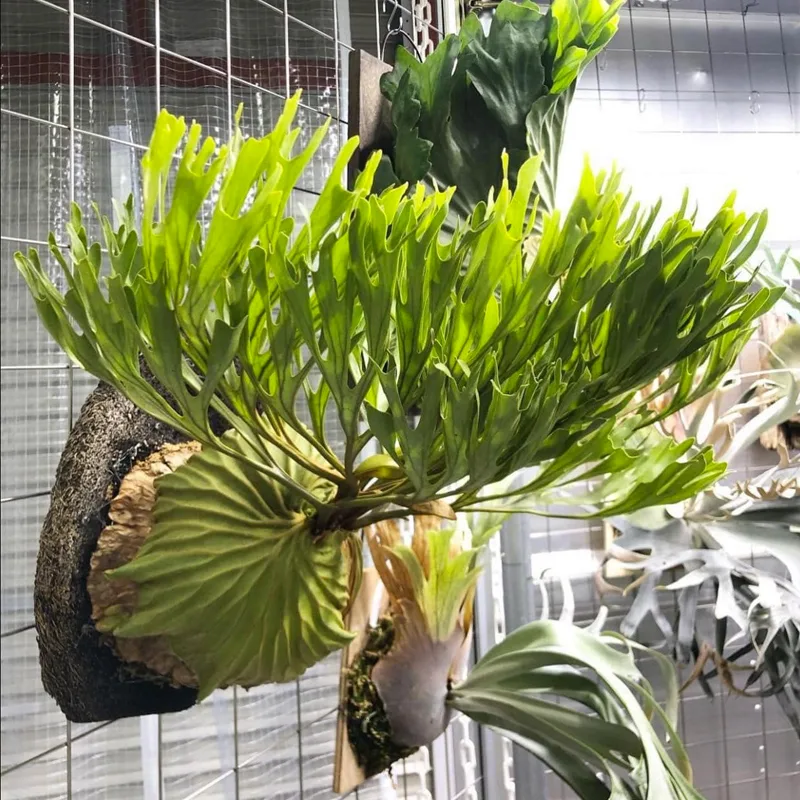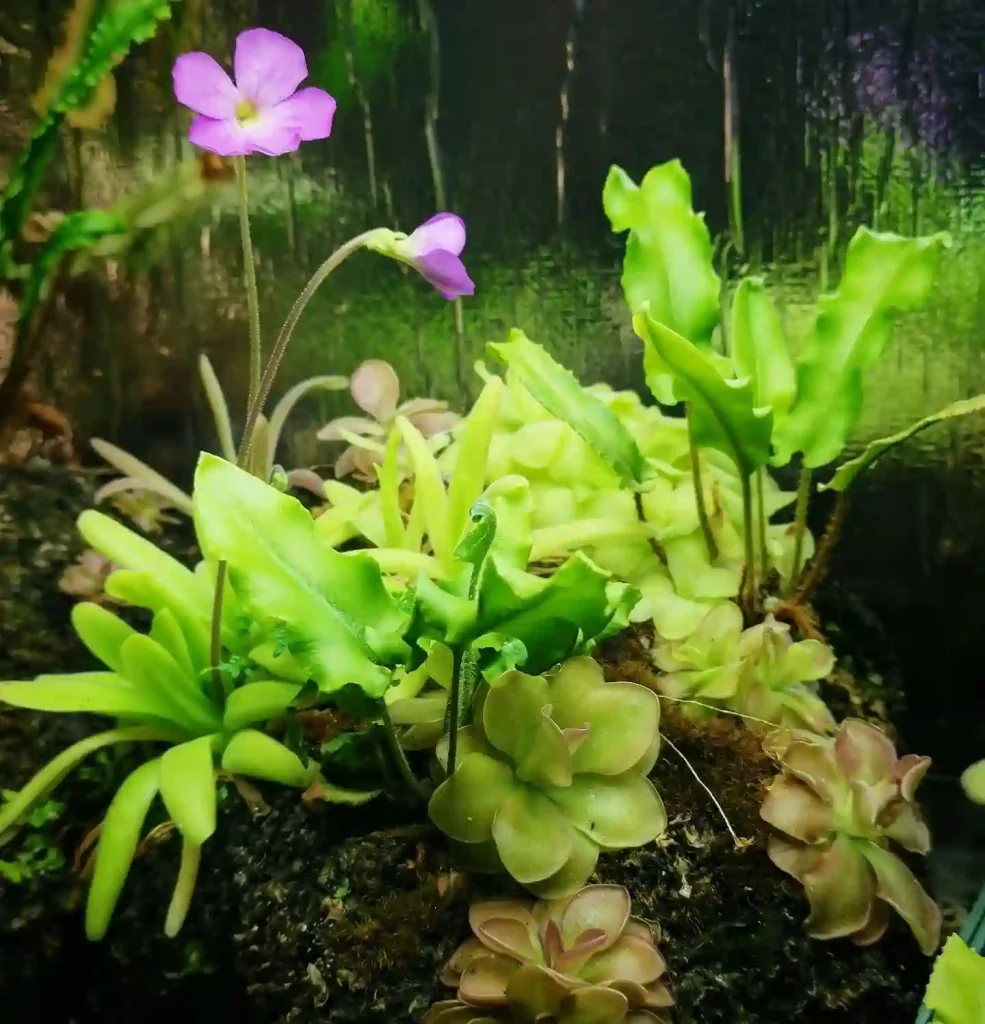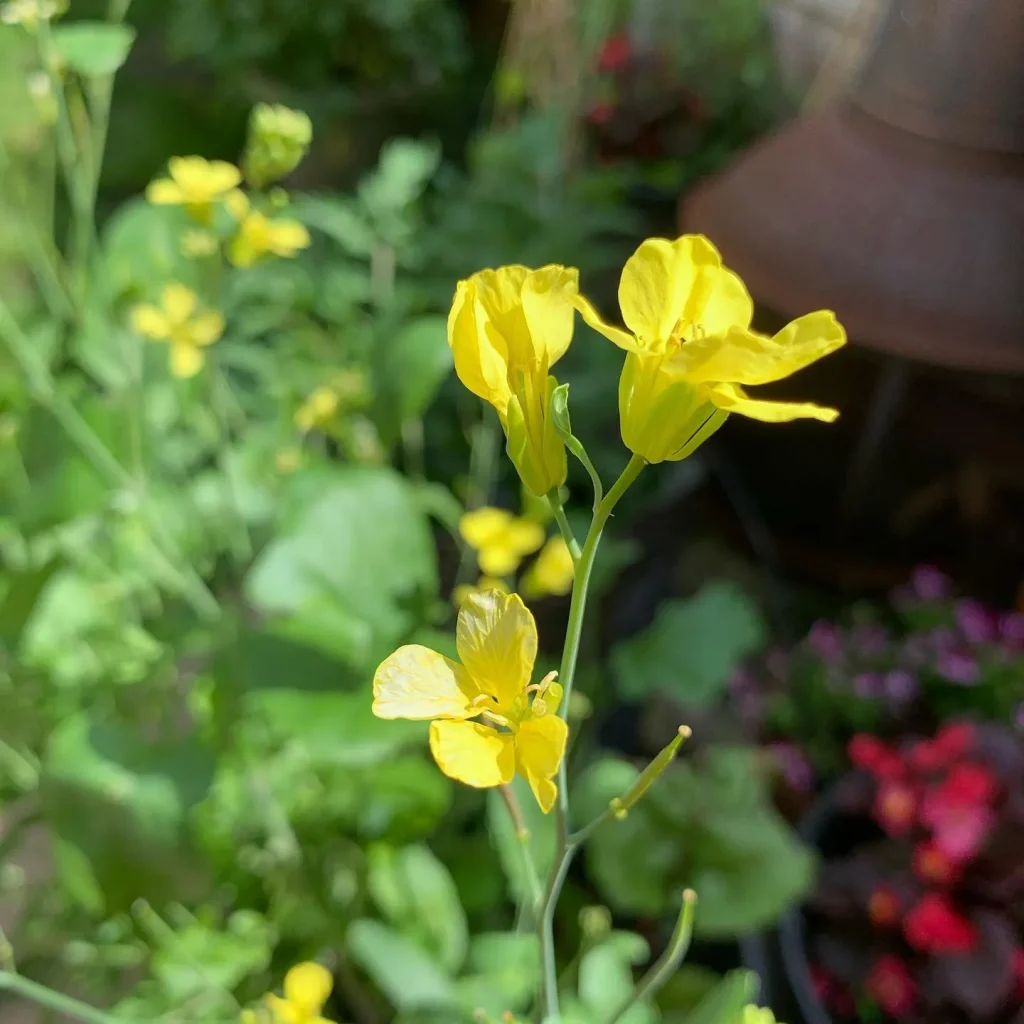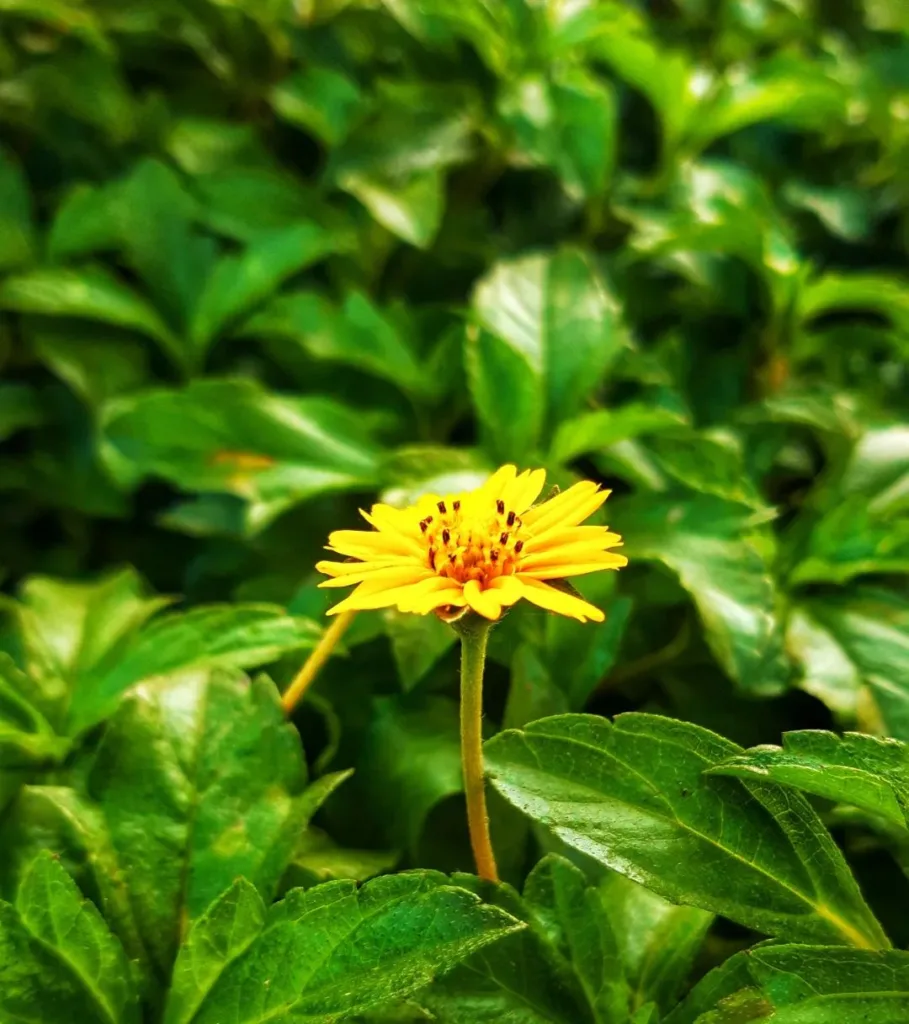Antennaria Parlinii: Your FAQs Answered
If you’re considering adding Antennaria Parlinii, also known as Parlin’s Pussytoes, to your garden, you might have a few questions. This charming perennial offers unique beauty and can be a great addition to your landscape. I’ve gathered some frequently asked questions to help you get to know this plant better.
What Is Antennaria Parlinii?
Antennaria Parlinii, commonly referred to as Parlin’s Pussytoes, is a low-growing perennial that belongs to the Asteraceae family. It’s native to North America and is known for its soft, gray-green foliage and tufted clusters of small, white flowers that resemble cat’s paws. The plant typically reaches a height of 4 to 6 inches and spreads out to form a dense mat. It thrives in well-drained soils and is ideal for rock gardens, borders, or as ground cover.
How to Care for Antennaria Parlinii?
Caring for Antennaria Parlinii is relatively straightforward, making it a great choice for both novice and experienced gardeners. Here’s a quick guide:
- Light Requirements: Parlin’s Pussytoes prefer full sun to partial shade. They need at least 6 hours of sunlight a day to thrive, though they can tolerate a bit of shade.
- Soil Conditions: This plant excels in well-drained soil. Sandy or rocky soils are ideal, but it can adapt to other soil types as long as drainage is good. Avoid heavy clay or waterlogged conditions.
- Watering: Once established, Antennaria Parlinii is quite drought-tolerant. Water it moderately, allowing the soil to dry out between watering. Overwatering can lead to root rot.
- Fertilization: Feed the plant with a balanced, all-purpose fertilizer in the spring. This will support healthy growth and flowering.
- Pruning: Pruning isn’t necessary, but you can trim back any dead or damaged foliage to keep the plant looking tidy.
How to Propagate Antennaria Parlinii?
Propagating Antennaria Parlinii can be done in a few different ways:
- Division: In early spring or fall, you can divide the plant. Carefully dig up the root clump and separate it into smaller sections. Replant the divisions in well-prepared soil.
- Seed: You can also start Antennaria Parlinii from seed. Sow seeds directly in the garden in early spring or start them indoors 6-8 weeks before the last frost. Seeds need light to germinate, so don’t cover them with soil.
What to Plant With Antennaria Parlinii?
Antennaria Parlinii pairs well with a variety of other plants. Consider combining it with:
- Succulents like Sedum or Sempervivum, which complement its low, spreading habit.
- Grasses such as Festuca or Carex, which add texture and contrast.
- Rock Garden Plants like Dianthus or Phlox, which can enhance the garden’s overall appearance.
Benefits of Antennaria Parlinii
Antennaria Parlinii offers several benefits:
- Low Maintenance: It requires minimal care, making it an excellent choice for low-maintenance gardens.
- Drought Tolerance: Once established, it withstands dry conditions well.
- Attractive Foliage: Its silvery leaves and unique flower clusters add visual interest to any garden space.
- Ground Cover: It spreads out to cover the ground, helping to suppress weeds and reduce soil erosion.
Is Antennaria Parlinii Toxic?
Antennaria Parlinii is generally considered non-toxic to humans and pets. However, as with many plants, it’s always best to keep it out of reach of young children and pets to avoid any accidental ingestion.
Common Problems
While Antennaria Parlinii is relatively hardy, it can face a few issues:
- Overwatering: This can lead to root rot. Ensure that the soil drains well and avoid excessive watering.
- Pest Issues: Although rare, watch for pests like aphids or spider mites. They can be managed with insecticidal soap or neem oil.
- Fungal Diseases: In humid conditions, fungal issues like powdery mildew can occur. Ensure good air circulation and avoid overhead watering.
How Does Antennaria Parlinii Compare to Similar Plants?
If you’re considering other ground covers or low-growing perennials, you might compare Antennaria Parlinii with:
- Artemisia ‘Silver Mound’: Like Antennaria, this plant has silver foliage and is used as ground cover. However, Silver Mound tends to be taller and has a different growth habit.
- Creeping Thyme: Another low-growing ground cover, Creeping Thyme offers aromatic foliage and small flowers but has a different appearance and growth pattern compared to Antennaria Parlinii.
Antennaria Parlinii is a delightful plant that can bring a unique touch to your garden with its distinctive flowers and foliage. Whether you’re looking for a low-maintenance ground cover or an addition to your rock garden, it’s worth considering this charming perennial.




